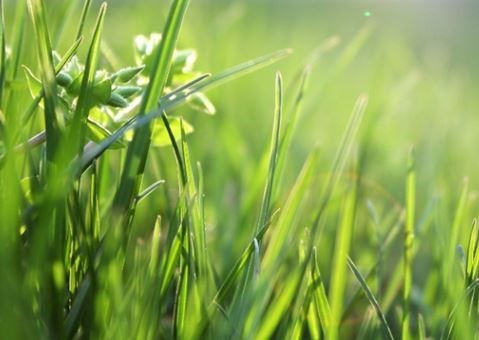Long Island Nitrogen Action Plan (LINAP) - Monthly Newsletter
The New York State Department of Environmental Conservation sent this bulletin on 03/20/2021 10:00 AM EDT |
| DEC Delivers - Information to keep you connected and informed from the NYS Department of Environmental Conservation |
| Share or view as a web page || Update preferences or unsubscribe |
Long Island Nitrogen Action Plan - March Newsletter
|
Tips for an Eco-Friendly LawnIt’s spring and lawn care is on the minds of many Long Islanders. Fertilizer is often thought of as a key ingredient to a healthy, vibrant lawn. But fertilizer use, especially improper application, can be harmful to the environment. Excess nitrogen in fertilizer pollutes our waterways, negatively impacts aquatic life and interferes with fishing, swimming and boating. In fact, fertilizer is the second leading source of nitrogen contamination of Long Island waters; residential wastewater is the primary source. In this issue of the Long Island Nitrogen Action Plan (LINAP) newsletter, we review several ways to care for your lawn while protecting coastal waters, as well as, our drinking water supply. Most important, fertilizer should not be applied before April. Grass simply cannot efficiently absorb fertilizer at this time. Furthermore, it is illegal to fertilize your lawn in Nassau and Suffolk counties before April 1. To be clear, lawns are not a natural landscape feature and usually require high maintenance. If having a lawn is your preferred landscape option, then following the suggestions below will help decrease the likelihood of overapplying fertilizer and, therefore, reduce the amount of excess nitrogen that enters groundwater and surface water.
If you live within the Peconic Estuary watershed and are considering doing some upgrades outside this Spring, the Peconic Estuary Partnership (PEP) may be able to help you out! PEP’s Homeowner Rewards Program offers rebates for people who are looking to benefit the environment with sustainable practices such as for native plantings, rain gardens, and rain barrels. Visit the PEP Homeowner Rewards Program for more information on the program! For more information, please visit the following resources:
Take the Pledge! Commit to personal steps to reduce nitrogen pollution!Small steps can lead to big changes and there are plenty of actions we can take to reduce nitrogen in our waterways and create a cleaner future for our most precious resource. The pledge outlines 10 ways you can reduce personal nitrogen pollution every day:
Take the pledge and be recognized as a leader in our community that takes action for a cleaner and healthier environment. Click here to take the pledge! Newsletter SurveyThe Long Island Nitrogen Action Plan (LINAP) is looking for your help! The LINAP Newsletter has been providing updates on all the exciting, important, and ground-breaking projects happening on Long Island since 2017. We are looking for feedback on how well the newsletter meets your needs and to help us advance the newsletter to the next level. We encourage you to fill out the survey using the link below. It should only take 3 - 5 minutes to complete, and responses will be used to inform our newsletter going forward. Survey LinkTo sign up for our LINAP Newsletter, visit LINAP's webpage or click here. |

